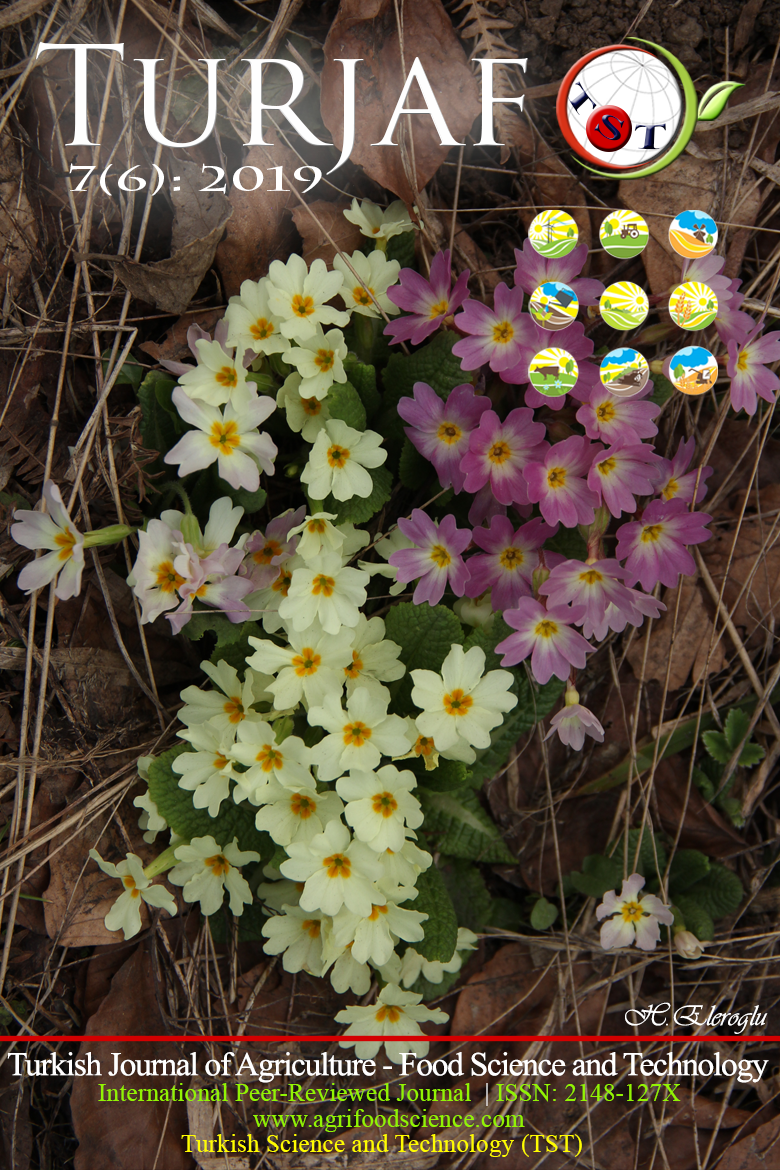Transglutaminase Shows Better Functionality on High Digestible, High Lysine Sorghum-Wheat Composite Dough and Bread, Compared to Normal Sorghum-Wheat Composites
DOI:
https://doi.org/10.24925/turjaf.v7i6.877-882.2484Keywords:
bread, composite dough, HDHL sorghum, rheological properties, viscoelastic propertiesAbstract
Highly digestible high-lysine (HDHL) sorghum-wheat composites have previously been shown to produce better composite dough and bread compared to normal sorghum-wheat composites. This study aimed to test whether improved HDHL lines can provide further enhanced functionality through the effects of transglutaminase (TG) enzyme to improve dough rheological properties. Sorghum-wheat composite doughs were made using HDHL and normal sorghum flours at substitution levels of 10, 20, and 30%, with and without 0.15% TG. Rheological properties of dough were tested using a mechanical spectrometer at 0.05% strain amplitude (within the linear viscoelastic region) over a 0.01- 50 rad/sec frequency range. A more elastic system was observed in HDHL sorghum-wheat composites above 10% substitution levels compared to normal sorghum-wheat composite dough. Addition of TG to HDHL sorghum-wheat composites resulted in a decrease in phase angle values at all substitution level, indicating that TG increased the dough elasticity. However, TG did not change viscoelastic properties of normal sorghum-wheat composites. Bread from HDHL sorghum-wheat composites had significantly higher (P<0.05) loaf volume, compared to those made from normal sorghum-wheat composites. These results clearly show that HDHL sorghum has ability to produce dough with improved viscoelastic properties and higher quality bread; and, due to presence of protein body kafirins, addition of TG on HDHL sorghum-wheat composite further enhances dough rheological properties.Downloads
Published
25.06.2019
How to Cite
Tunçil, Y. E., Fevzioglu, M., Arioglu-Tunçil, S., Ejeta, G., Campanella, O. H., & Hamaker, B. R. (2019). Transglutaminase Shows Better Functionality on High Digestible, High Lysine Sorghum-Wheat Composite Dough and Bread, Compared to Normal Sorghum-Wheat Composites. Turkish Journal of Agriculture - Food Science and Technology, 7(6), 877–882. https://doi.org/10.24925/turjaf.v7i6.877-882.2484
Issue
Section
Research Paper
License
This work is licensed under a Creative Commons Attribution-NonCommercial 4.0 International License.









